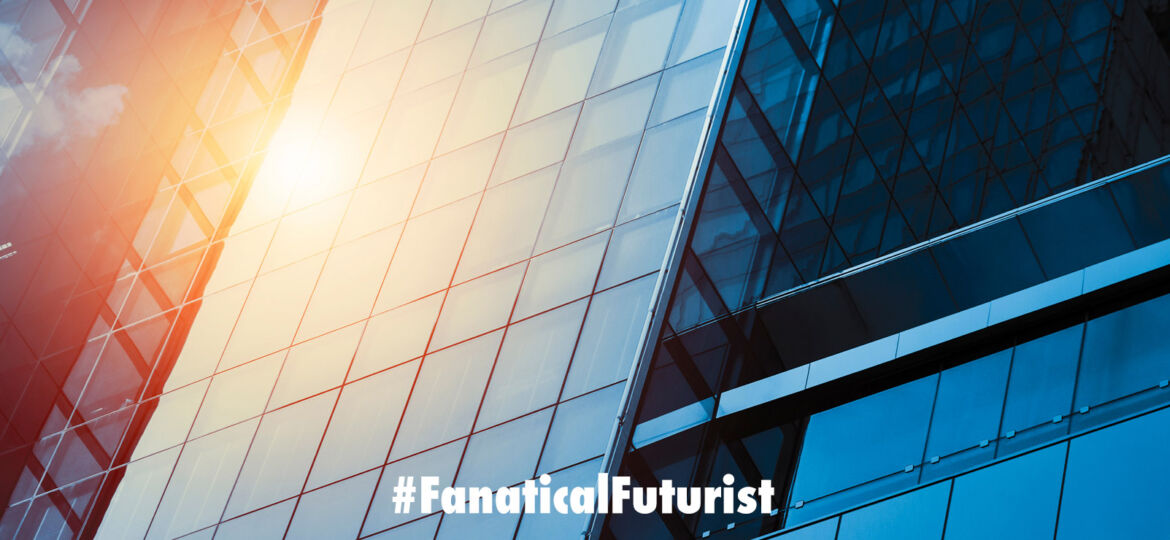
WHY THIS MATTERS IN BRIEF
The Earth is bathed in energy, and reversing climate change relies on us being able to capture and use it sustainably.
 Love the Exponential Future? Join our XPotential Community, enjoy exclusive content, future proof yourself with XPotential University, connect, watch a keynote, or browse my blog.
Love the Exponential Future? Join our XPotential Community, enjoy exclusive content, future proof yourself with XPotential University, connect, watch a keynote, or browse my blog.
Let’s face it, what are windows good for – other that staring at the awe-inspiring scenery outside of your Swiss hotel and keeping your house warm and the wind out? Nothing. Well, now they, and ergo the skyscraper you might be in, can generate electricity for you aswell after researchers announced they’d beaten a previous record and achieved an efficiency record for transparent solar cells, paving the way for skyscraper windows to serve as power sources.
A team from the University of Michigan in the US used an organic, carbon-based design to transform sunlight into electricity with an efficiency rate of 8.1 per cent, and while that might be far behind the efficiency of traditional solar panels, whose efficiency now has a path to 132 percent, it’s still good.
“Windows, which are on the face of every building, are an ideal location for organic solar cells because they offer something silicon can’t, which is a combination of very high efficiency and very high visible transparency,” said Stephen Forrest, a professor of engineering who led the research.
The transparency of the solar cells used in the research had 43.3 per cent transparency, which is similar to the transparency of windows used in skyscrapers and tinted car windows.
Skyscrapers and other large buildings with glass facades already use a coating on windows in order to reduce the glare and heat of the sun, so using sheets of transparent solar cells would provide the same functionality, while also producing green, renewable electricity to power the building.
The colour-neutral material developed by the researchers can also be manufactured at scale using materials that are more environmentally friendly than other transparent solar cell materials.
It can also be placed in between the panes of double-glazed windows in a way that improves efficiency, depending on the building’s latitude and the angle that the sun’s rays are hitting the window.
“The new material we developed, and the structure of the device we built, had to balance multiple trade-offs to provide good sunlight absorption, high voltage, high current, low resistance and colour-neutral transparency all at the same time,” said Yongxi Li, a researcher at the University of Michigan who was involved in the study.
Meanwhile, a separate version of the material that had a greenish tint improved efficiency to 10.8 per cent with 45.8 transparency, however the colour may not be suitable for some commercial applications the team said.
The research was published in the journal Proceedings of the National Academy of Sciences this week.
Source: ScienceDaily
















